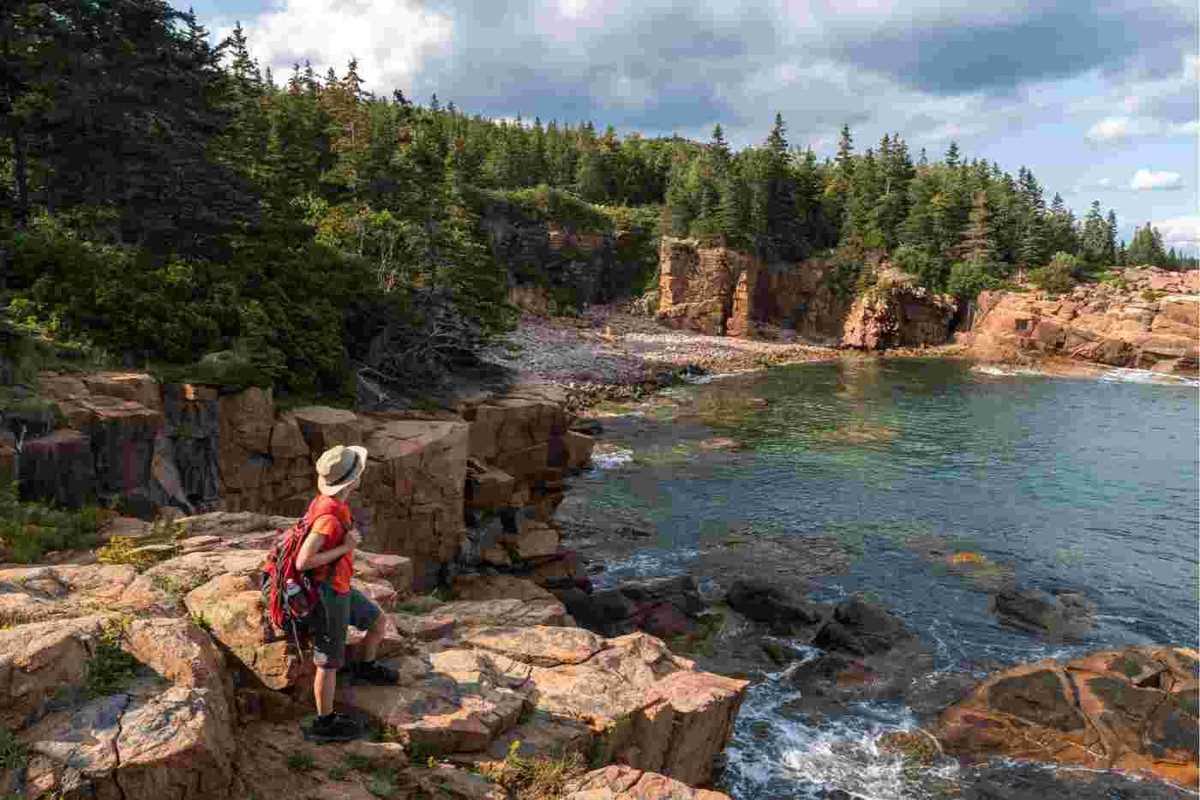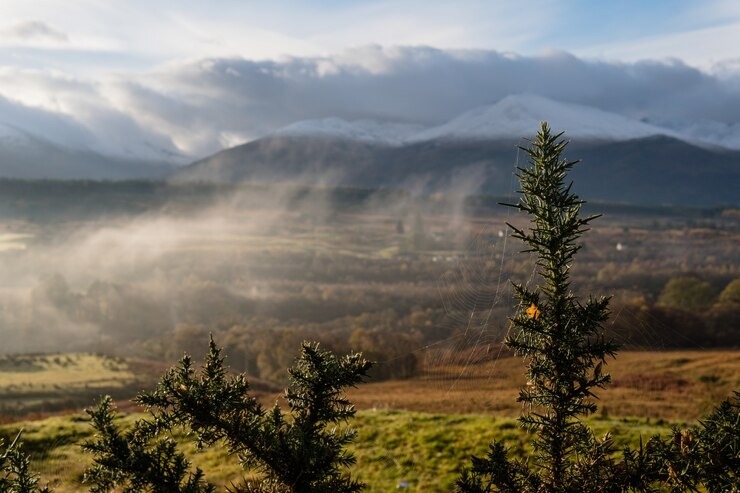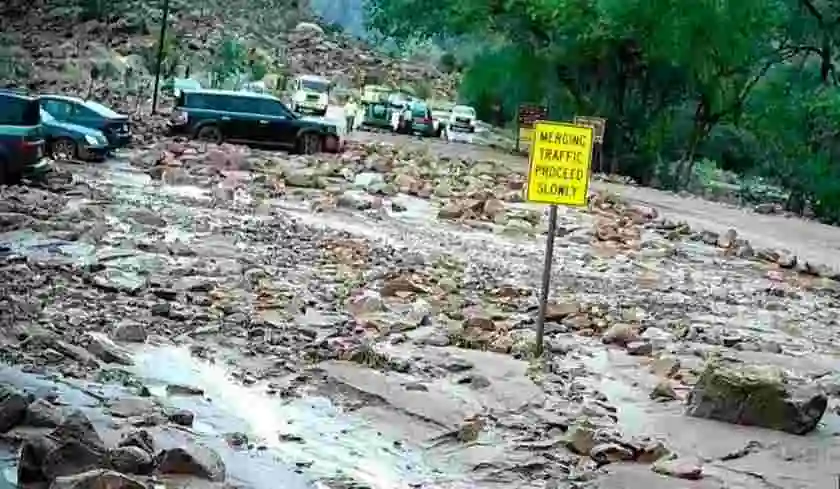The most valuable landscapes of our country are sending us an important message. It is written to melting glaciers transferring wildlife patterns and rising in the rising level of the sea. From the tremendous crests of Gold country to the south-west sun-cake deserts the US national parks are encountering emotional changes that looked incomprehensible fair decades back.
These natural sanctuaries which remain largely unchanged for millennium are now changing in front of our eyes at an unprecedented speed. The evidence is everywhere you see. Park Rangers are looking at species disappearing from their traditional houses hiking trails are becoming incomprehensible. Due to extreme weather events and reputed features that have defined these scenarios for generations they are truly disappearing.
Acadia National Park: Coastal Changes and Species Shifts

The Rocky Coastline of Acadia National Park is experiencing quick erosion with an increase in sea level and intensity of the storm. The famous thunder hole of the park where the waves crash dramatically against granite rocks are being replaced to the wave pattern and increased the storm.
The coastal vegetation is being entered into the inland more than ever before salt spray. Park tide pools, which have been relatively stable for decades, are experiencing changes in the structure of the species with an increase in water temperature.
Cold water species are disappearing while hot water species are installing themselves in areas where they were unable to survive earlier. The bird population of the park is also changing; the southern species are moving northwards while traditional northern species move forward from the coast.
Rocky Mountain National Park: Alpine
Rocky Mountain National Park is experiencing some of the most dramatic changes in the national park system, with a temperature of 2-3 degrees Fahrenheit since the 1980s. The park trading is moving upwards at a rate of 10–20 feet per decade, which shrinks Alpine Tundra that supports unique plant and animal communities.
Customized species for high altitude conditions over thousands of years are running out of the appropriate habitat. Park pika, small rabbits like mammals that live in rocky areas above the traine are disappearing from low height as the temperature is higher than their level of tolerance.
These organisms cannot survive when the temperature remains above 78 degrees Fahrenheit for the expanded period, and they are being pushed to a rapidly high altitude. Park's famous wildflower displays are blooming for the first and short duration, which are disrupting pollination activities and seed production time.
Great Smoky Mountains: Forests Under Siege

Stradling the Great Smokee Mountains, Tennessi and North Carolina, experienced unprecedented tree mortality due to a warm temperature -rich species. Woolen Edelgid, a small insect that attacks the hemlock trees, has already been hit by more than 90% of the park's mature hemlock.
The rising temperature has allowed this insect to avoid winter which previously kept its population under investigation. Park's famous spring wildflower displays are now blooming weeks ago compared to the historical record, which disrupt the time of pollination activities.
Salamanders, who are famous for hosting in more variety than the parks on the earth elsewhere, are retreating at high altitude because their favorite cool, moist houses become warm and dried. Some species are already showing symptoms of a decline in population as the appropriate habitat shrinks.
Everglades National Park: Rising Waters and Shifting Ecosystems
Everglades face double threats from the rising levels of the sea and changing rainfalls that are fundamentally changing this unique ecosystem. Salt water infiltration is pushing at an inland on a dangerous rate, killing freshwater vegetation and threatening the famous "grass river" of the park.
Areas once especially freshwater, now experiencing salt levels that stress native plants and animals. The bird population of the park, which includes iconic wooden cranes and great blue herons, is struggling because their feeding areas become very salty or too deep. The nesting islands have supported bird colonies for centuries, which are disappearing under increasing water.
Joshua Tree National Park: Desert Icons in Retreat
Trees named Joshua Tree National Park are dying at unprecedented rates as the temperature is beyond their level of tolerance. These ancient desert residents, who can live for more than 1,000 years, are experiencing broader mortality in the lower height of the park.
Young Joshua trees are failing to install themselves, suggesting that regeneration may not be possible in most of their current range. The park has recorded a temperature rise of 3-4 degrees Fahrenheit in the last 50 years, which can tolerate these remarkable plants.
The desert born sheep are being forced to travel more and more distance to find water, as traditional springs dry up due to low rainfall and increase evaporation. Miscellaneous cactus species of the park are also showing symptoms of stress, some population has declined by more than 50% in some areas.
Read more:- San Francisco Boat Tours – Which One Is Best?
Denali National Park: Alaska's Changing Wildernes
Since the 1950s, Denali National Park is doubled by a global average, increasing temperature by 4-5 degrees Fahrenheit. The parmafrost of the park, which has been frozen for thousands of years, has been melting rapidly, causing ground instability and releasing carbon stored in the atmosphere.
This migration park is affecting everything from infrastructure to the pattern of wildlife residence. The park's Karibu herds are struggling as their traditional migration routes become irrelevant due to changing vegetation and clinging ground. Grizzly bears are first emerging from hibernation and are long active, disrupting their traditional feeding cycles.









